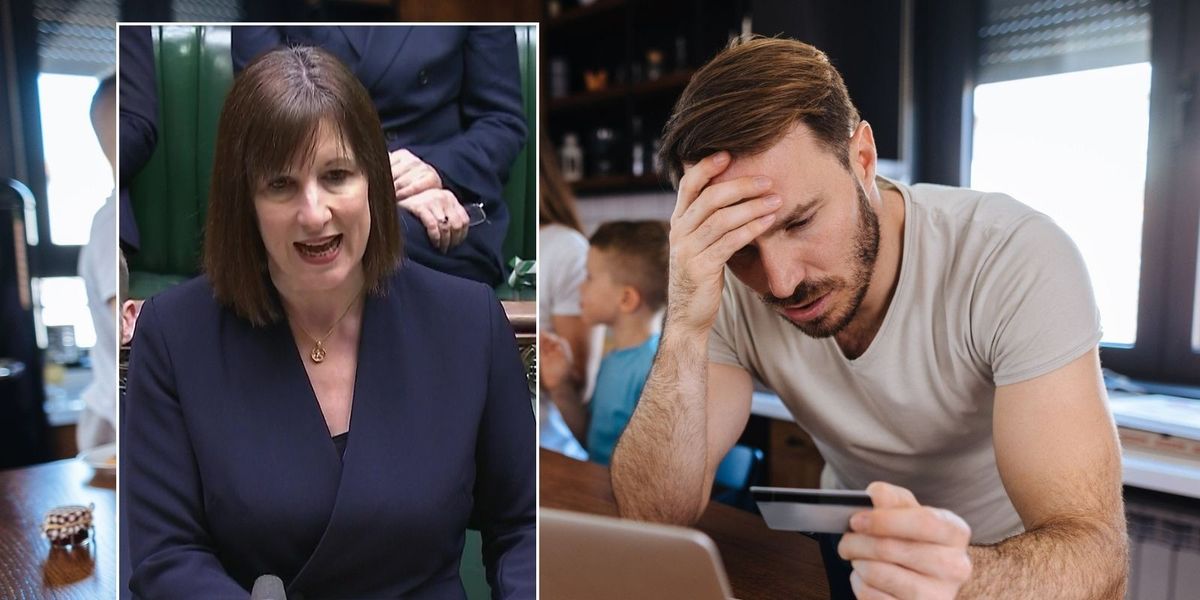UK economy: Has the Budget broken the jobs market?

A slew of signals pointed to a weakening labour market in the wake of October’s Budget, with demand for workers slowing and the rate of joblessness rising.
Unemployment rose to 4.4 per cent in the three months to November, up from 4.3 per cent previously and the highest since last May.
Demand for workers also slowed, with the number of vacancies declining for the 30th consecutive quarter.
The growth rate in payrolled employees sunk to 0 per cent, the weakest since April 2021, while an early estimate for December suggested there’s worse to come.
The number of payrolled employees fell by 47,000 month-on-month, the steepest drop since November 2020.
It is perhaps no surprise that hiring has slowed. Payroll taxes increased by £25bn in the Budget, while the Chancellor also hiked the minimum wage by 6.7 per cent.
“The significant increases in employer NI, the forthcoming increase in the minimum wage and concerns over the cost of employment rights continue to sap demand for workers,” Anna Leach, chief economist at the Institute of Directors said.
In many ways, the official figures merely confirm what business surveys have suggested for weeks.
December’s purchasing managers’ index, for example, suggested private sector firms cut staff at the fastest pace since 2008, excluding the pandemic.
KPMG’s report on jobs, meanwhile, pointed to the fastest fall in permanent placements since August 2023 last month.
“There is growing evidence that firms have effectively pressed pause on hiring post-Budget,” Thomas Pugh, economist at RSM UK said.
It is worth remembering that the labour market has been under pressure for months, if not years, as a result of tight monetary policy.
To repeat, vacancies have been in decline for 30 consecutive rolling quarters, going right back to mid-2022, so this is not only a story about the Budget. Indeed, the latest decline was one of the smallest in that period.
Nevertheless, the most recent figures indicate that the Budget has had an impact, the question is how much.
Start with the unemployment rate.
If you take the statistics at face value – a danger given low response rates to the survey – the move higher in joblessness was driven largely by higher participation rather than lower employment.
As Sanjay Raja, chief UK economist at Deutsche Bank, noted: “The rise in unemployment could be due to a pick up in participation”.
But given the low response rates, the ONS explicitly put more focus on the number of payrolled employees. And the early estimate for December – that 47,000 reduction – is bad.
However, Rob Wood, chief UK economist at Pantheon Macroeconomics, pointed out month-to-month payroll figures have been revised up by an average of 22,000 over the past year.
Wood acknowledged that November’s estimates, which showed a 35,000 reduction, were little changed this month, but there is still scope for some of December’s downturn to be wiped away.
Additionally there was only a very slight increase (700) in the claimant count in December, after the number of new claimants fell by over 25,000 in November.
“There is little sign from jobless claims and redundancies of a sharp labour market downturn,” Wood said.
None of this is to say that the labour market is in fine fettle. It is still true that growth in payrolled employees has been zero over the past year, which is not good, and that’s before the Budget measures have even come into force.
But it would be premature to say that Budget has broken the jobs market on the basis of this evidence.
Related
Chancellor urged to use Ineos support as leverage to help…
Rachel Reeves has faced calls to use £600 million of UK Government support for an Ineos project in Belgium as leverage to save jobs in Scotland.Labour MP Brian
Rishi Sunak to take up jobs at Oxford and Stanford
Rishi Sunak is set to return to his former universities as he takes up two new jobs in the UK and America.The former prime minister announced on Tuesday he woul
Rachel Reeves ‘must scrap misguided jobs tax’ as UK labour…
Rachel Reeves "must scrap her misguided jobs tax" as the UK labour market is under "major threat" following tax changes in the Autumn Budget, leading economists
Workers and employers: share your experience of the current UK…
Britain’s unemployment rate has risen unexpectedly and the number of workers on payrolls has fallen by the most since the height of the pandemic, according to













